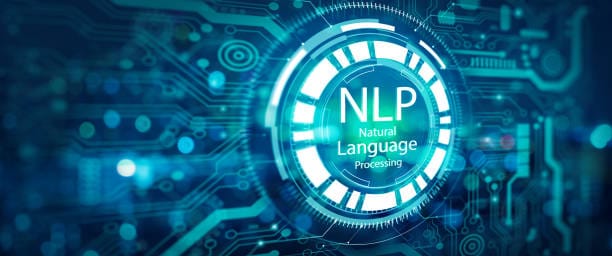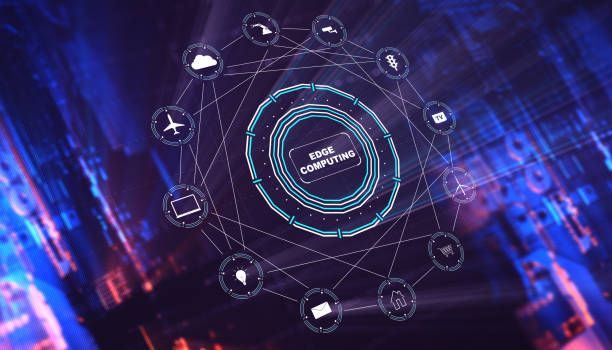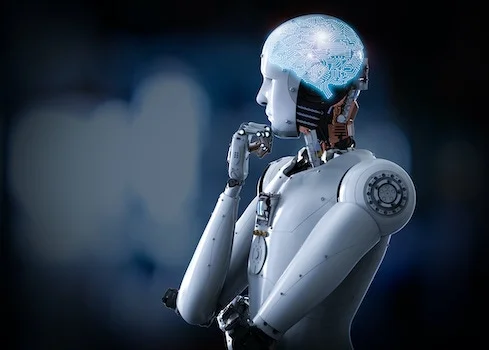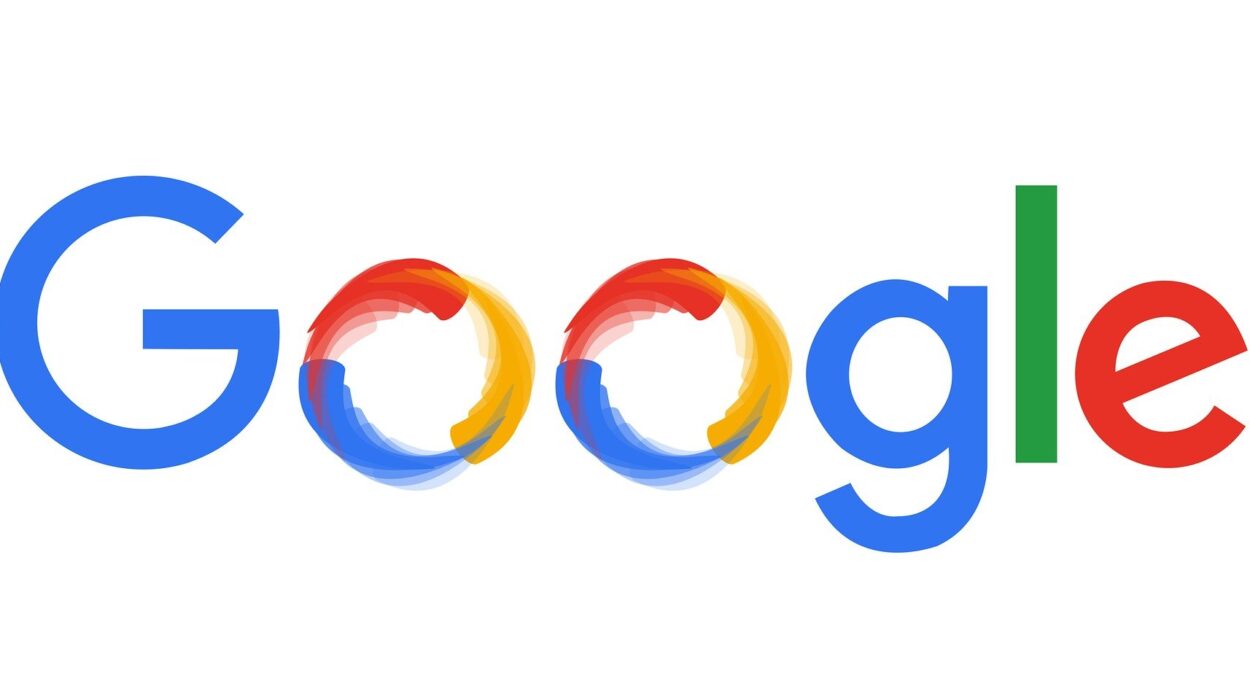For as long as humans have built tools, we’ve dreamed of talking to them. Not through the clack of keys, the click of a mouse, or the tap of a screen, but in the most natural interface of all — language. We want machines to understand not just the words we speak, but the meaning behind them, the tone, the humor, the subtle emotional shading that makes language a living thing.
This dream is as old as mythology. In ancient Greek legends, Pygmalion’s statue came to life and could speak. In Jewish folklore, the golem obeyed written commands. In the 19th century, mechanical automatons mimicked human conversation in crude ways. But for most of history, the idea that a non-human mind could grasp human language was a poetic fantasy.
Then came the digital age. Suddenly, we were building machines that could store and process unimaginable amounts of information. And scientists began to ask: could we teach these machines not just to calculate but to converse?
That question gave birth to Natural Language Processing (NLP) — the science and engineering of enabling computers to understand, interpret, generate, and even feel the rhythm of human language.
The First Sparks of Machine Language Understanding
The earliest attempts at NLP were rooted in a kind of optimism that feels quaint today. In the 1950s, with computers in their infancy, researchers believed language translation might be just a few years away. In 1954, the famous Georgetown-IBM experiment translated 60 Russian sentences into English using a simple dictionary and a set of grammar rules. The demonstration impressed the public — but it was a mirage.
Language turned out to be far more complex than word substitution. Words shift meaning based on context; grammar rules are riddled with exceptions; cultural nuance is encoded in idioms and metaphors. A phrase like “kick the bucket” means nothing if you translate it literally.
Still, those early projects planted the seeds. They showed that if machines could somehow model the structure and semantics of language, something extraordinary could happen.
The Rule-Based Era
In the decades that followed, the dominant approach to NLP was rule-based systems. Linguists and computer scientists would sit down and codify thousands of rules — syntactic patterns, verb conjugations, word order constraints. The goal was to handcraft a set of instructions that could, for example, parse a sentence like:
“The cat sat on the mat.”
A rule-based parser would identify “the cat” as the subject, “sat” as the verb, “on the mat” as the prepositional phrase. If you fed it “The mat sat on the cat,” the rules would produce the same structure — but miss the absurdity.
This was the heart of the problem: human language is not just structure, it’s meaning. Rule-based systems could be accurate in grammar but blind to context. They also scaled poorly — adding rules for one case often broke another.
Despite these limitations, rule-based NLP powered early spelling checkers, grammar tools, and translation systems. It was the era of deterministic logic — predictable, but brittle.
The Statistical Revolution
By the late 1980s and early 1990s, researchers were running into the limits of rule-based systems. The explosion of digitized text — newspapers, books, and the emerging internet — created a new opportunity: rather than hard-coding rules, what if we let the machine learn patterns from data?
This shift gave rise to statistical NLP. Instead of telling the computer what to do step-by-step, scientists fed it massive corpora of text and let it figure out probabilities.
For example, if “the cat” is followed by “sat” in millions of sentences, the model learns that “sat” is a highly probable continuation. If “cat” is often near words like “purr,” “meow,” and “whiskers,” the model starts associating these words.
Statistical models — like Hidden Markov Models (HMMs) for part-of-speech tagging and n-grams for predicting the next word — outperformed rigid rules. They weren’t perfect, but they could adapt to real-world text without being explicitly programmed for every possibility.
This was a turning point. NLP was no longer about dictating how language works; it was about discovering it from data.
The Rise of Machine Learning in NLP
Statistical methods paved the way for a deeper shift: machine learning. Instead of designing features by hand, researchers began using algorithms that could automatically learn the best patterns for a task.
Supervised learning became the backbone of many NLP systems. Given thousands (or millions) of labeled examples — say, movie reviews tagged as “positive” or “negative” — a model could learn to predict sentiment for new reviews.
The early 2000s saw algorithms like Support Vector Machines (SVMs), Naive Bayes, and decision trees dominate NLP tasks. Email spam filters, sentiment analysis tools, and named entity recognition systems flourished.
The beauty of machine learning was flexibility. The same algorithm could be applied to different problems — translation, summarization, question answering — as long as you had labeled data.
Yet there was still a gap between these systems and true language understanding. The models treated words as discrete symbols, ignoring deeper relationships. “Dog” and “puppy” were as different as “dog” and “banana” in their eyes.
Word Embeddings: Giving Meaning to Words
That gap began to close with the introduction of word embeddings — mathematical representations of words in continuous vector space.
In 2013, the release of Word2Vec by Google researchers changed the game. By training on billions of words, Word2Vec learned to map words into a space where similar words were close together. “King” and “queen” were near each other, and remarkably, the vector difference between them was similar to the difference between “man” and “woman.”
This wasn’t just a technical improvement; it was a conceptual leap. For the first time, machines could capture some of the semantic relationships between words, not just their frequencies.
Other models like GloVe and fastText refined this approach, and embeddings became the foundation for modern NLP.
Neural Networks and the Deep Learning Era
The next transformation came with deep learning — neural networks with many layers that could model complex relationships. Early neural NLP models handled tasks like sentiment analysis or text classification better than traditional methods.
But the real breakthrough came with recurrent neural networks (RNNs) and later Long Short-Term Memory (LSTM) networks, which could process sequences of words while remembering long-range dependencies. Suddenly, it was possible to generate coherent paragraphs or translate whole sentences while maintaining context.
Then came the attention mechanism, which allowed models to focus on different parts of a sentence dynamically, leading to state-of-the-art results in translation and beyond.
And in 2017, a research paper from Google introduced something that would change everything: the Transformer architecture.
Transformers: The Dawn of Language Models
Transformers broke away from recurrence and processed sequences in parallel, making them faster and more scalable. The key innovation was self-attention, which allowed the model to weigh the importance of every word in a sequence relative to every other word.
This architecture powered models like BERT (Bidirectional Encoder Representations from Transformers), which understood language by looking at context on both sides of a word, and GPT (Generative Pre-trained Transformer), which could generate human-like text given a prompt.
With massive training datasets and billions of parameters, these models began producing results that were startlingly fluent, creative, and adaptable.
NLP in the Age of AI Assistants
Today, NLP is everywhere. When you ask a virtual assistant for the weather, when a chatbot answers your bank query, when translation apps help you order dinner abroad, you’re seeing NLP in action.
These systems aren’t just passively interpreting language; they can engage in dialogue, summarize complex documents, write poetry, and even simulate personalities.
But with power comes responsibility. Large language models can also generate misinformation, reflect societal biases, or be used for malicious purposes. The field now faces urgent ethical challenges.
The Challenges Still Ahead
Despite the astounding progress, NLP is far from “solved.” Human language is messy, ambiguous, and deeply tied to culture and experience. Sarcasm can invert meaning. Slang evolves daily. Multilingual systems must navigate not only vocabulary but entirely different ways of structuring thought.
Moreover, the inner workings of large language models can be opaque even to their creators. Why a model chooses one phrase over another can be difficult to explain, raising questions of transparency and trust.
And then there’s the human factor: we tend to anthropomorphize machines that speak fluently, assuming understanding where there is only statistical pattern matching.
The Future of NLP
The next frontiers of NLP may involve models that integrate language with other modalities — vision, audio, touch — to create truly multimodal intelligence. They may also focus on efficiency, training smaller models that match the performance of today’s giants without their massive energy costs.
There’s also growing interest in neurosymbolic approaches that blend deep learning with explicit reasoning, giving models both statistical fluency and logical precision.
And as models grow more capable, the question shifts from “Can machines understand language?” to “How should they use that understanding?”
The Human Heart of NLP
For all its mathematics and engineering, NLP is ultimately about people. It’s about bridging the gap between human intention and machine action. It’s about making technology accessible to everyone, regardless of literacy, disability, or language background.
When a voice assistant helps a visually impaired person read a menu, when translation software enables two strangers to share a story, when a mental health chatbot offers comfort in the middle of the night — these are moments where NLP’s purpose becomes clear.
The dream of talking to machines has come a long way from the myths of ancient storytellers. Today, it’s not magic — it’s the result of decades of research, trial, error, and breathtaking innovation. And tomorrow, as we refine these systems and grapple with their implications, NLP will continue to evolve, shaped by both our ambitions and our responsibilities.






